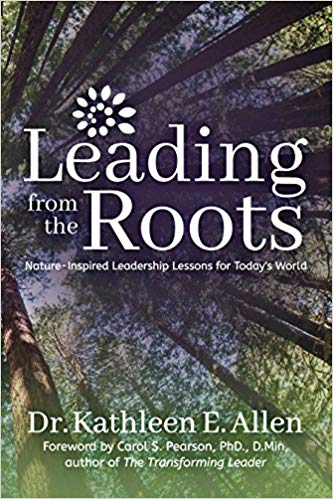Back in 2005, I started watching a TV show called “The Office.” Often unfairly compared the the British original, the US version soon found its voice and became a critical darling and a fan favorite. I’m one of those fans. I cringed over Michael’s antics, shipped Pam and Jim, and recognized oddball characters like Dwight, Kevin, Creed, and Meredith. I rolled my eyes with Stanley and Angela. I sympathized with Phyllis, Oscar, and Toby. And I related to dealing with chatterboxes like Kelly and smug douche bros like Ryan. “The Office” made me laugh and at times, made me cry. I enjoyed it until its last episode in 2013.
Being a fan of the show, I was happy to discover Jenna Fischer and Angela Kinsey’s podcast “The Office Ladies,” which I usually listen to at the office, of course. In their podcast they talk about what it was like to play their characters (Jenna played Pam and Angela played Angela), and all the work it took to make each episode come into fruition. Jenna provided us some fast facts about The Office and Angela had her colorful notecards to keep her on track. “The Office Ladies” is a wonderful walk down Dunder-Mifflin way. Now I’m delighted to review their book The Office BFFs: Tales of The Office from Two Best Friends Who Were There .
After The Office BFFs starts off with a very brief introduction, the office ladies get down to business chronicling their lives both pre-The Office and post-The Office, and the delicious details in-between. Jenna and Angela tell us about their struggles as aspiring actresses and the early days of The Office when they ever wondered if their show would become successful. They had no idea it would last for nearly a decade. They describe what it was like to make such classic episodes as “Booze Cruise” and “Casino Night,” and how they nearly faced death in the episode “Work Bus,” which was directed by Breaking Bad’s Bryan Cranston. Jenna and Angela discuss learning about how their characters would evolve of the show’s run. And they also give the scoop on what it’s like to be real pregnant and fake pregnant on the set. Guess what? Being fake pregnant is a lot more uncomfortable.
Jenna and Angela talk about being on the red carpet, meeting big time stars like Meryl Streep, seeing guest star get mega famous, and being nominated and winning awards. They discuss their sadness over Steve Carell leaving the show and how The Office could go on without such an iconic character as Michael Scott.
The two Office Ladies are also upfront on talking about their personal lives, marriage, divorce, remarriage, and having kids in ways I’m sure a lot of people can relate.
The Office BFFs is written in a narrative style, with Jenna and Angela taking turns giving us the scoop on making The Office. There’s also a lot of pictures of the cast and crew throughout the book and it’s nice to see people enjoying themselves at work. Who knew?
Now if your looking for any salacious gossip and scandalous activities that may have occurred while making The Office, you won’t find it in The Office BFFs. This isn’t just a story about making a TV show. It’s also a book about strong bonds and tight relationships. And Jenna and Angela’s solid friendship sings from the book’s pages.
The Office BFFs is a must-read for any fan of The Office, but I think anybody who is into pop culture and has wondered what it’s like to make a TV show will find this book a valuable read.









